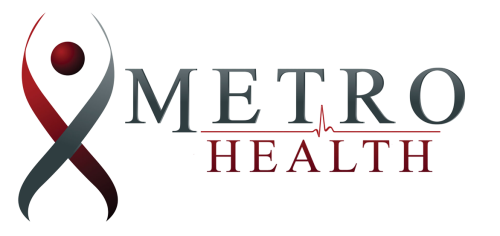Breast Cancer – A Disease of The Aging
Every year, October is designated as Breast Cancer Awareness Month by the National Breast Cancer Foundation, marking it as a time to increase awareness of one of the most common forms of cancer in the U.S. And while breast cancer can strike patients of almost any age, it is commonly known as a “disease of the aging” because the median age at diagnosis is 62 and about a fourth of women diagnosed are between 75 and 84 years old.
As the population continues to age and life expectancy increases, researchers estimate that invasive breast cancer, a form of the cancer that spreads to other parts of the body, will double by 2030. Fortunately, when detected early, the disease can be treated successfully about 98 percent of the time. And researchers are continually making advances in detecting, diagnosing, and treating breast cancer.
The term, “breast cancer,” covers several forms of cancer that can affect any part of the breast, including the lobule, where milk is produced, and the milk ducts, which transport the milk around the breast. Like every other type of cancer, breast cancer starts with abnormal cell growth that develops too quickly and starts to spread throughout the breast. Left untreated, it will enter the lymph nodes located under the arm or start moving into other parts of the body.
Breast cancer and age
Breast cancer is the most common form of cancer among elderly women. In fact, about half of all new cases occur in women over 60 with another 20 percent coming from women over 70. It’s estimated that there’s about a nine-percent chance that a 60-year-old woman, regardless of race or ethnicity, will develop breast cancer in the next 20 years.
In addition to age, there are several other known risk factors that increase the likelihood of developing breast cancer, including:
- Radiation treatment in the chest as a child
- Excess weight gain as an adolescent
- Start of menstruation before age 12
- Long-term use of oral contraceptives
- No pregnancy or first pregnancy after 30
- Menopause after age 50
- Weight gain after menopause
- Increased breast tissue density
Other risk factors include obesity, long-term smoking, excessive alcohol consumption, stress, diet, and family history.
Possibly the leading risk factor for developing breast cancer, however, is excessive exposure to hormone therapy such as estrogen and progesterone over a period of four years or longer. That’s why women over 50 should be cautious and consult with their doctor when considering hormone replacement therapy, especially if there is a family history of cancer.
The importance of early detection
When diagnosed early, breast cancer is almost always treatable with a positive long-term prognosis. That means, however, that women must do frequent self-screenings and have regular mammograms. And recent data shows that more women are skipping these critical screenings, possibly due to a lack of adequate health insurance.
That said, there are several signs you can look for that might indicate the presence of breast cancer. A noticeable lump in the breast detected during a routine self-examination is the most common sign. Other signs include a retraction of the nipple, a bloody discharge from the nipple, or a change in the size or contour of the breast, as well as a redness, flattening, or pitting in the skin over the breast.
When breast cancer diagnosis is confirmed, there are four traditional treatments that doctors typically prescribe:
Surgery
This could be either a lumpectomy, during which the tumor or mass is removed and the rest of the breast is left in place, or a mastectomy, which involves the removal of the entire breast. Which procedure is recommended will depend on the size, location, and characteristics of the cancer. Recent advances and new therapies, however, allow physicians to prescribe targeted treatment strategies, reducing the need for surgery in some cases.
Chemotherapy
Chemotherapy, also known as “chemo,” is the administering of anti-cancer drugs either taken orally or intravenously into a vein. The drugs travel to the cancer cells in the breast through the bloodstream.
Radiation therapy
After a lumpectomy or mastectomy, there are sometimes a small amount of cancerous cells left near the tumor site, which are then treated with radiation. It is a targeted way to destroy cancer cells in the breast and it is highly effective. Radiation therapy is also relatively easy to tolerate with side effects that are limited to the treated area.
Hormone therapy
Hormone therapy is another option for treating breast cancer by adding, blocking, or removing hormones. By changing the levels of specific hormones, or blocking certain hormones, doctors are able to slow the growth of breast cancer cells.

